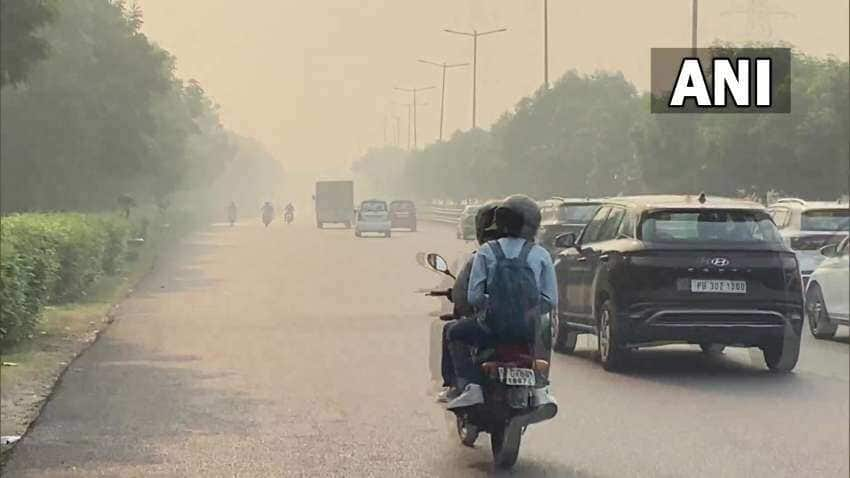
This area in Delhi has 1,300 AQI today: Swiss monitor
What's the story
Delhi and its neighboring regions were greeted with another day of extreme air pollution on Thursday.
The AQI reached dangerous levels, with Swiss air quality monitor IQAir recording an AQI of 1,336 in Vasant Vihar's C Block at 11:55am.
Dwarka-Sector 8 recorded an AQI of 1,051 around the same time.
However, the Central Pollution Control Board (CPCB) recorded a much lower AQI of 466 for these areas.
Weather impact
Dense smog and temperature drop worsen Delhi's air quality
The shocking spike in pollution was also coupled with a dip in minimum temperature to 11 degrees Celsius in the Ridge area, worsening the already bad air quality.
The India Meteorological Department (IMD) recorded zero-metre visibility at Indira Gandhi International Airport at 8:30am due to dense smog.
This resulted in flight operations being affected as the Runway Visual Range varied between 125 and 500 meters.
Pollution forecast
CAQM labels smog as 'episodic event,' anticipates improvement
The Commission for Air Quality Management (CAQM) termed the early-morning smog an "episodic event."
It said Delhi's daily average AQI stood at 418 as per the CPCB's 4:00pm bulletin.
Despite the steep rise in AQI, the CAQM expects an improvement by Friday morning due to stronger winds.
The major contributors to this pollution are vehicular emissions and stubble burning in Punjab and Haryana.
Pollution sources
Vehicular emissions and stubble burning worsen Delhi's air pollution
Vehicular emissions were flagged as a major contributor to Delhi's pollution on Wednesday, contributing an estimated 13.3% to the total.
Meanwhile, stubble burning in Punjab and Haryana has been worsening the situation.
The major pollutants are PM2.5 and PM10 particles, with PM2.5 being especially dangerous as they can penetrate deep into the lungs and even enter the bloodstream.
Pollution measures
GRAP partially implemented, residents express health concerns
The Graded Response Action Plan (GRAP) has been partially implemented since October when AQI levels crossed 300.
Stage II measures under the plan include restrictions on coal and firewood use, increased public transport services, and dust control measures at construction sites.
If conditions worsen, Stage III measures could involve bans on non-essential construction work and certain vehicles.
Meanwhile, residents have expressed concerns over health risks due to pollution.